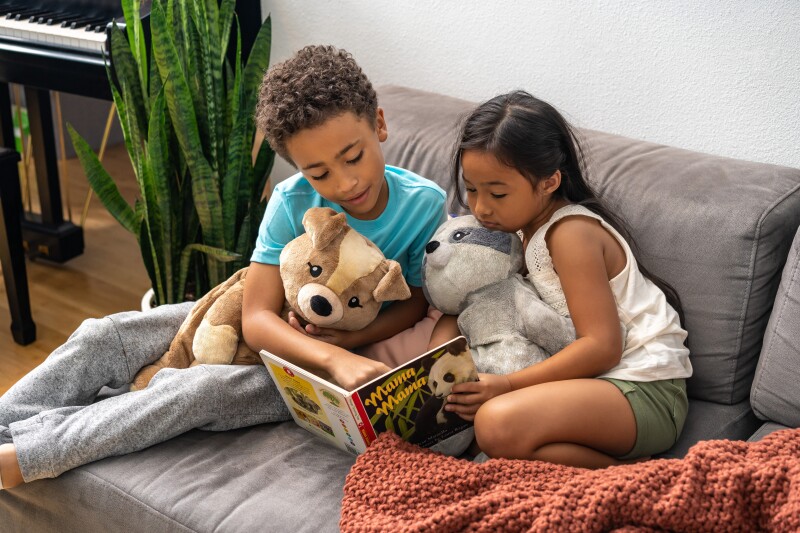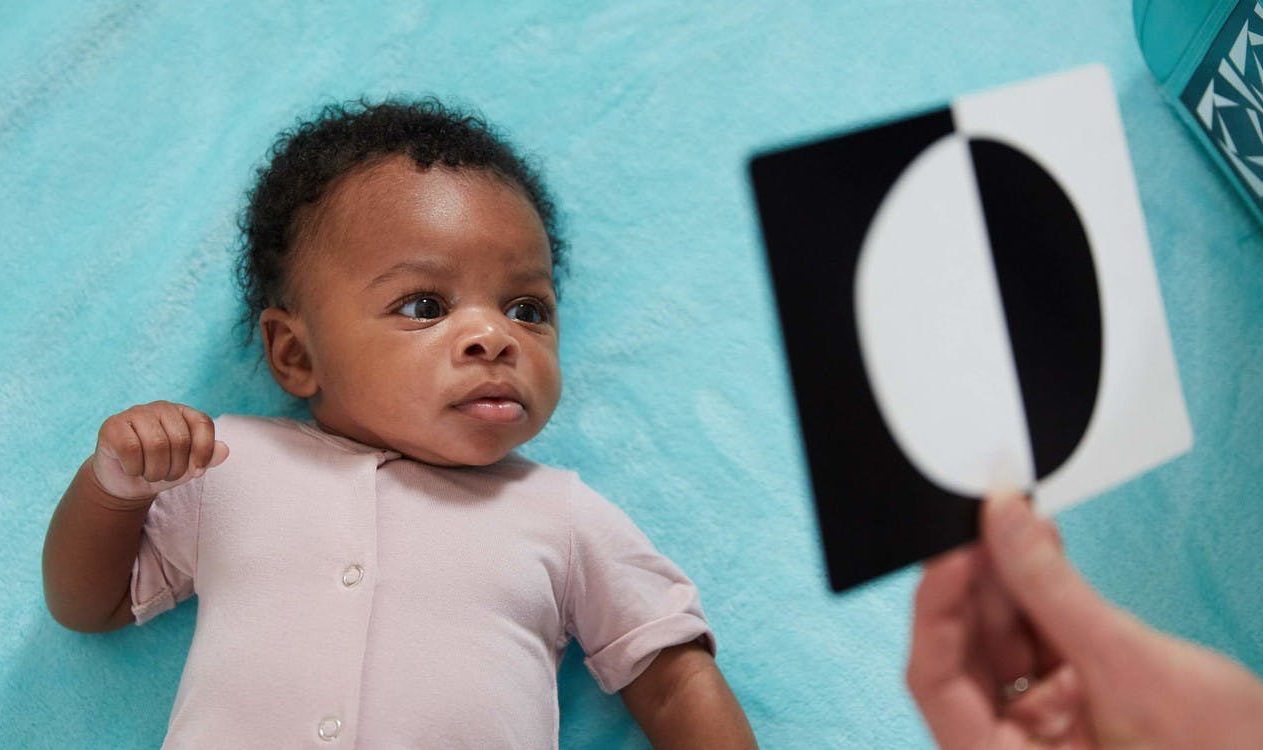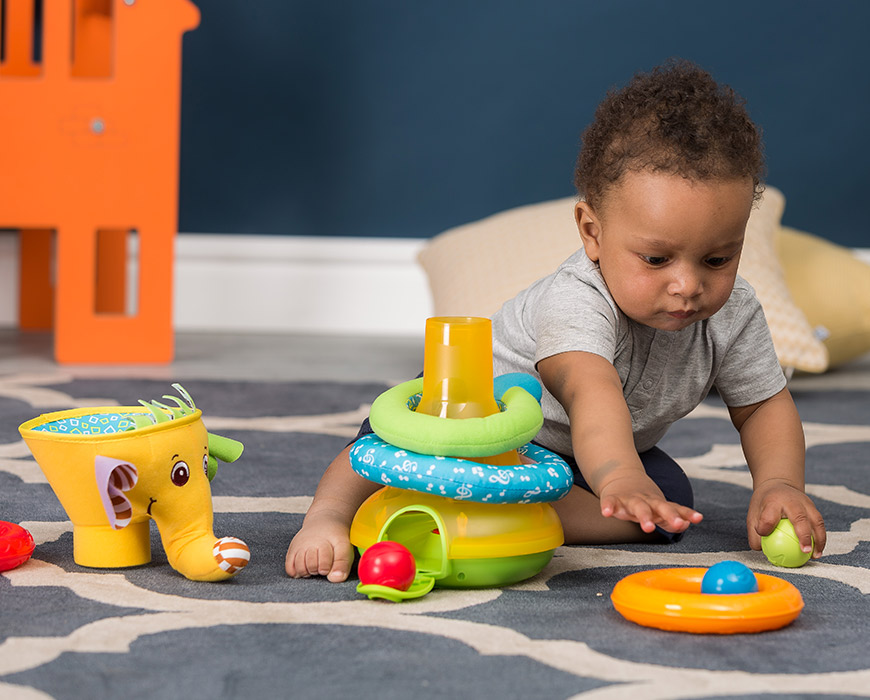
 Emily Jackson is a doctoral candidate and research assistant in Dr. Bernard Grela’s Child Language Lab in the Speech, Language, and Hearing Sciences department. She is an OSEP scholar in the Early Childhood Intervention Doctoral Consortium (ECiDC) and is interested in early childhood language development, parent perspectives and experiences, and IDEA Part C Early Intervention services. Emily is collecting data for her dissertation study titled, Cultural variation in parental ethnotheories on early childhood language development and disorders: Exploring Hispanic and non-Hispanic parents’ perspectives (BRANY IRB #23-281-910). The purpose of this research study is to improve speech language pathologists’ understanding of cultural variation in Hispanic and non-Hispanic, white parental beliefs and practices related to young children’s language development.
Emily Jackson is a doctoral candidate and research assistant in Dr. Bernard Grela’s Child Language Lab in the Speech, Language, and Hearing Sciences department. She is an OSEP scholar in the Early Childhood Intervention Doctoral Consortium (ECiDC) and is interested in early childhood language development, parent perspectives and experiences, and IDEA Part C Early Intervention services. Emily is collecting data for her dissertation study titled, Cultural variation in parental ethnotheories on early childhood language development and disorders: Exploring Hispanic and non-Hispanic parents’ perspectives (BRANY IRB #23-281-910). The purpose of this research study is to improve speech language pathologists’ understanding of cultural variation in Hispanic and non-Hispanic, white parental beliefs and practices related to young children’s language development.
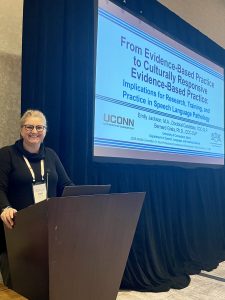
The is a one-time commitment of about 2 hours total. The study can be conducted in person or online based on participant’s preference. Parent volunteers will have their child’s language evaluated by a licensed speech language pathologist using a standardized language assessment (about 20-30 minutes). Parents will answer questions to assess the language skills of children under 36 months. Children 3-5 years old will be asked to participate in a language assessment by answering questions about pictures. Parents will then participate in an audio-recorded interview about their beliefs and practices related to their children’s language development (about 1 hour). The study will conclude with parents completing a series of online surveys (about 20 minutes).
Emily’s research has focused on culturally responsive practices in speech language pathology. Emily also works as an early intervention SLP conducting evaluations and providing home visiting services to parents of children under 3 years old who have developmental delays or disabilities. This clinical work has inspired her research as she aims to better understand cultural variation in parents’ experiences to shape recommendations for SLPs and related service providers.
In her free time, Emily enjoys playing ice hockey in the winter and going to the beach in the summer.

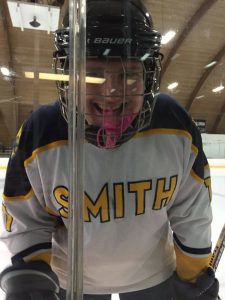
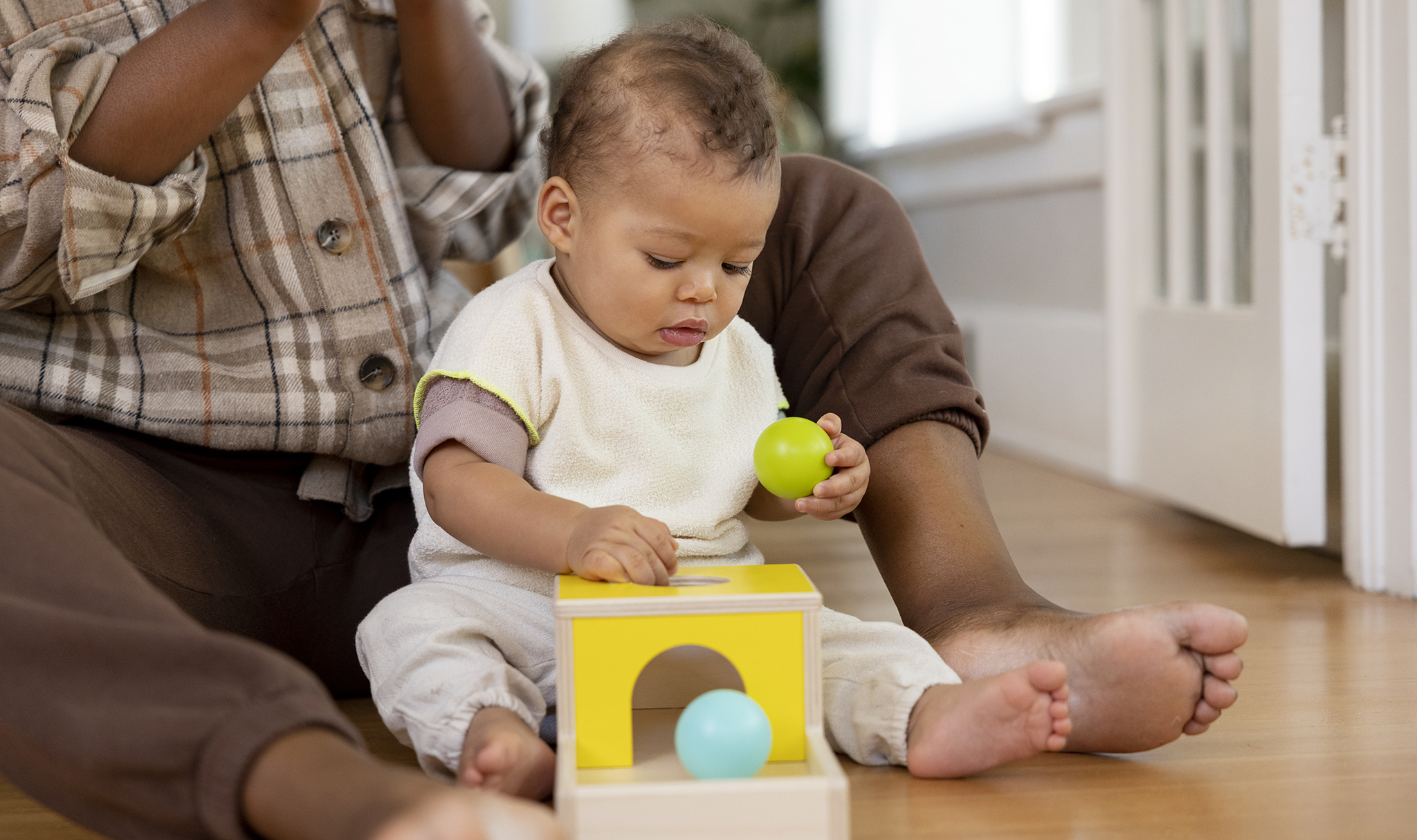
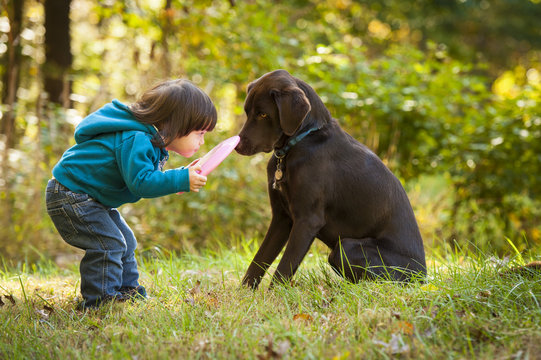

 Emily Jackson is a doctoral candidate and research assistant in Dr. Bernard Grela’s Child Language Lab in the Speech, Language, and Hearing Sciences department. She is an OSEP scholar in the Early Childhood Intervention Doctoral Consortium (ECiDC) and is interested in early childhood language development, parent perspectives and experiences, and IDEA Part C Early Intervention services. Emily is collecting data for her dissertation study titled, Cultural variation in parental ethnotheories on early childhood language development and disorders: Exploring Hispanic and non-Hispanic parents’ perspectives (BRANY IRB #23-281-910). The purpose of this research study is to improve speech language pathologists’ understanding of cultural variation in Hispanic and non-Hispanic, white parental beliefs and practices related to young children’s language development.
Emily Jackson is a doctoral candidate and research assistant in Dr. Bernard Grela’s Child Language Lab in the Speech, Language, and Hearing Sciences department. She is an OSEP scholar in the Early Childhood Intervention Doctoral Consortium (ECiDC) and is interested in early childhood language development, parent perspectives and experiences, and IDEA Part C Early Intervention services. Emily is collecting data for her dissertation study titled, Cultural variation in parental ethnotheories on early childhood language development and disorders: Exploring Hispanic and non-Hispanic parents’ perspectives (BRANY IRB #23-281-910). The purpose of this research study is to improve speech language pathologists’ understanding of cultural variation in Hispanic and non-Hispanic, white parental beliefs and practices related to young children’s language development.


